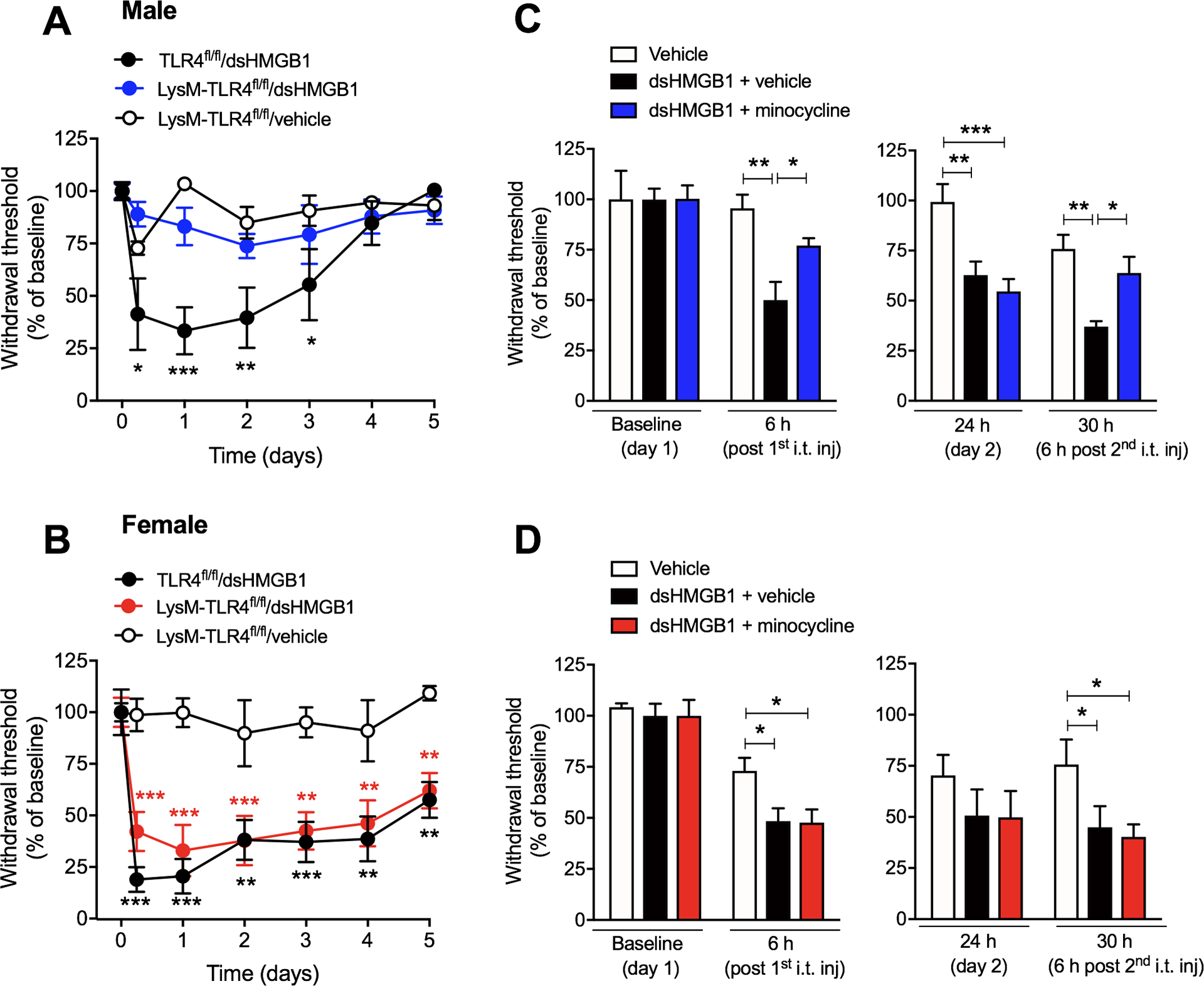Figure 3. Blockade of microglial function elicits antinociceptive effects in disulfide HMGB1-subjected male but not female mice.

Withdrawal threshold values after i.t. injection of dsHMGB1 (1 μg/mouse) or vehicle (saline) in (A) male and (B) female mice lacking TLR4 in microglia (LysM-TLR4fl/fl) or TLR4fl/fl (control mice). Withdrawal response prior to, 6 h and 24 h after the first day i.t. injection of a combination of disulfide HMGB1 (1 μg/mouse) and minocycline (30 μg/mouse, microglial inhibitor) or disulfide HMGB1 (1 μg/mouse) and vehicle (PBS), as well as 6 h after the second day intrathecal injection of minocycline (30 μg/mouse) or vehicle in (C) male and (D) female mice. Data are presented as mean ± SEM, n=4–8 mice/group, *p<0.05, **p<0.01, ***p<0.001 vs. vehicle groups.
